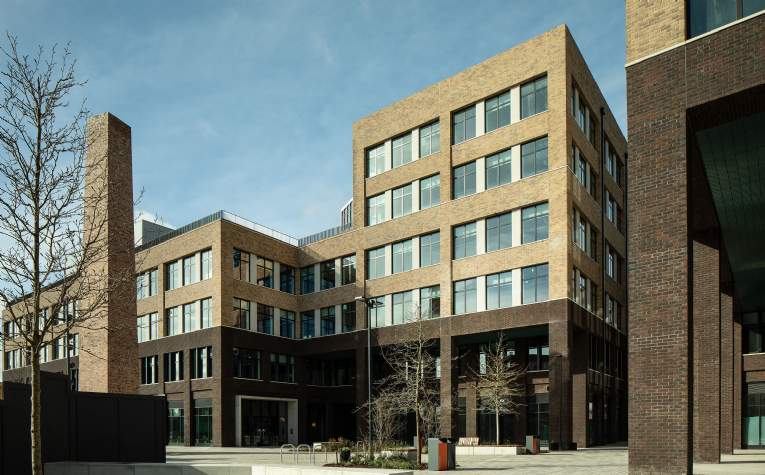As a result of Covid-19 many businesses are thinking carefully about their capital needs during this time of disruption. While strategies will likely focus on securing the necessary capital to support long-term growth and new opportunities, the near-term impact of the pandemic means that securing sufficient liquidity to maintain operations is an immediate priority for many.
The need for a capital injection from corporate balance sheets could be a critical step in undertaking both these short and medium-term objectives. Unlocking the value from the buildings that we own and do our day-to-day business in can be a useful method for achieving these aims. Sale and leaseback is an established method for property owners to release capital from their owned property.
The benefits of sale and leaseback
Using this method, a property owner sells their interest in a freehold (owned) asset and in turn takes a lease on the same property, making them a tenant and paying rent for a fixed period of time. As a result, the property owner is able to release capital that would otherwise have been tied up in their real estate and use it for core operations, investment, restructuring or paying down debt.
For corporate property owners, a sale and leaseback can be utilised across a wide range of asset types including corporate headquarters, offices, warehouses, manufacturing facilities, distribution centres and trade counter units.
The new owner (the investor) has the benefit of an income stream for a defined period of time (leases can often include fixed or index linked rental increases throughout the term) which is very appealing, through a tried-and-tested structure utilised by the likes of Tesco, B&Q, Sainsbury’s, Topps Tiles, Next and Marks & Spencer. There is currently strong demand from property investors for properties with medium/long-term rental profiles, so sale and leaseback opportunities are usually highly sought after.
Structuring the transaction
There are a number of factors within a lease structure which will have a direct impact on the potential capital receipt that can be achieved from a sale and leaseback:
- Tenant equity: Investors will pay a premium for the top company entity to be placed on the lease
- Lease length: A long lease term demonstrates commitment to the property by the tenant and will generally attract a greater number of investors
- Rent review structure: Investors prefer fixed or index-linked structures in comparison to open market rent reviews
- Annual rent: Affordability and sustainability of the lease liability is likely to be a key consideration when setting the annual rent
Sale and leaseback transactions in 2020
There have been a number of significant sale and leasebacktransactions this year:
- Next’s HQ in Leicestershire, currently being marketed (Savills is advising Next)
- Next’s logistics warehouses in South Elmsall, acquired by Aviva
- Matalan’s HQ Office in Liverpool, currently being marketed (Savills is advising Matalan)
- Xandor Automotive’s manufacturing and distribution unit in Birmingham is currently under offer having received 12 bids (Savills is advising Xandor)
- Two distribution warehouses owned by Topps Tiles, acquired by Ares UK Warehouse Properties
Further information
Contact James Vivian or Christopher Brogan in Savills Business Space Investment
Read more: UK Q1 investment up, yields stable but economic shock could continue
.jpg)

.jpg)

.jpg)
.jpg)

.jpg)